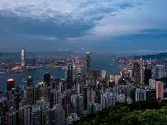
Copenhagen Carousel
The three ring circus that was COP-15 has long since packed up leaving behind recriminations and all sorts of “I told you so’s”.
While some critics assail the proceedings as an industrial strength disaster on the level of the Versailles treaty fiasco, other more moderate circles have expressed varying degrees of quiet optimism.
Ms. Christine Loh, CEO of the Civic Exchange, a leading “community / environment” focused think-tank in Hong Kong, observed that the very fact that “120 political leaders showed up in Copenhagen represented a new tipping point of a positive nature”.
So what next? The good citizens of the EU along with Australia and Japan are totally committed to the Kyoto Protocol’s binding 2012 targets. However, this group represents approximately only 30% of global emissions.
India, Brazil and China were of course the three main culprits in the confusion of so many conflicting national agendas. The political will simply wasn’t there for India and Brazil. The G77’s position plus China’s argument that Annex I countries need to pony up the moolah to cover all GHG’s emitted since the “industrial revolution”, is a silly syllogism on a par with America’s right wing “world is flat crowd” who continue to reject the whole threat of “climate change” as a trumped up left-wing conspiracy. In the Nth hour, Premier Wen and President Obama’s last-minute deal has led to a chattering class perception of a new world order led by the U.S. and China. This is old news. “The most important bi-lateral relationship on the planet is that between Beijing and Washington” a mantra often expressed by (former Secretary of State) James Baker III.
China has long since warned its industries, power producers and infrastructure sectors that “you’re green or you’re toast”. As a totalitarian dictatorship the PRC didn’t have to worry about sloppy social democracy driven obstacles when “East in red” rapidly changed to “the East is Green”. China is in a rush to become the world’s number one producer and user of clean renewable energy. I predict that this will rapidly lead to a number of positive results, the most important of which will be an eventual accommodation with the EU and U.S. on achieving appropriate emission reduction targets. Along the way, China will help force India, Brazil, etc. to fall in line and the world becomes a better place.
The IPPF is a non-profit industry support organisation that works toward best practices in the Power Generation industry. Our geographic focus includes all developing nations across the Asia/Pacific region.

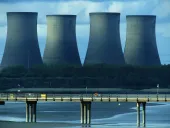
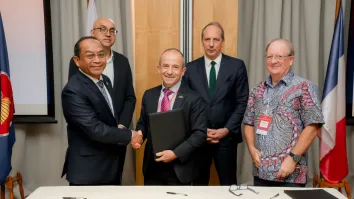







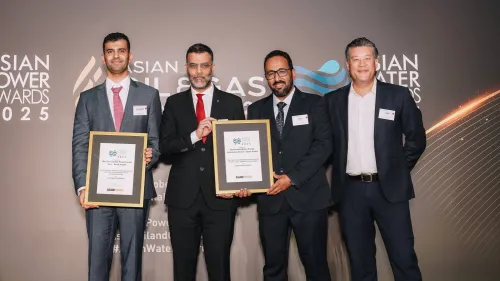
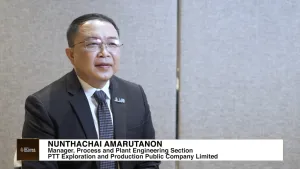




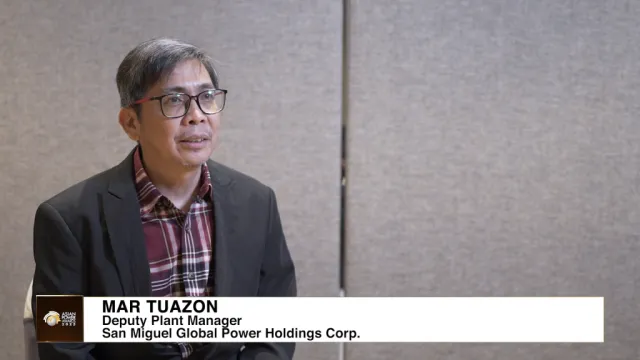
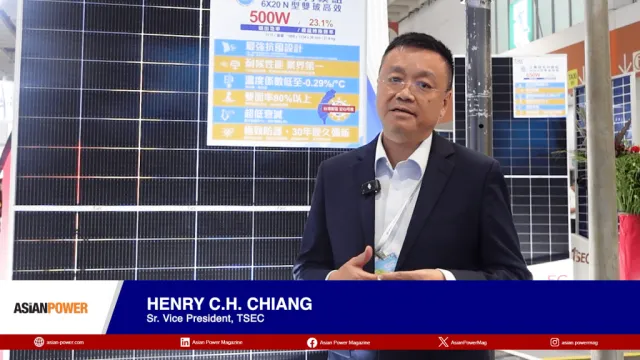

 Advertise
Advertise
